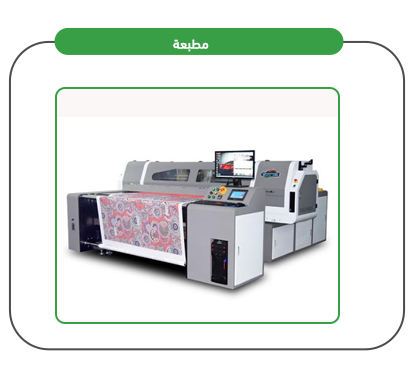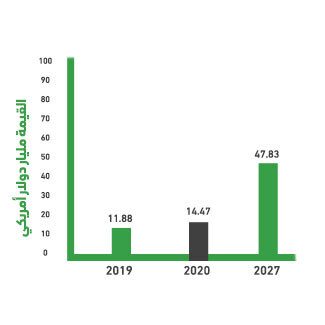Preparing a feasibility study for a printing press project is an essential step to ensure the success of the project and achieve its commercial objectives. The study aims to analyze various aspects of the project, starting from identifying the target groups, such as individuals, companies, and small and medium enterprises, to evaluating the size of the demand for various printing services, analyzing competitors, and indicating the size of the market gap and the project’s share of it. The printing press project provides advanced services covering texts and images on various materials, such as paper, fabric, plastic, and cardboard, using different technologies, such as: offset, flexo, and litho. The study highlights the importance of expanding the customer base and increasing growth opportunities, such as providing printing services on metals, wood, and non-traditional materials. The feasibility study also helps determine the operating costs and resources needed to ensure the provision of high-quality services at competitive prices. Thanks to the reliance on modern technologies and the increasing demand for printing services, the study indicates that the project represents a promising investment opportunity, capable of achieving good financial returns and long-term sustainability.

The printing press project provides advanced and flexible printing solutions that meet the needs of various sectors, from startups and educational institutions to individuals and major brands. The project is distinguished by providing a wide range of printing services on different materials, which gives it a strong competitive advantage. It is worth noting that the project adopts environmentally friendly printing options, and provides professional graphic design services, intaglio and embossing, which adds a luxurious touch to the products. In addition to the above-mentioned advantages, the project allows its customers to request services electronically with a delivery service, as well as fast-demand printing and providing monthly packages for institutions and companies that need periodic prints. If the project owners wish to expand and open a new market, they can provide a 3D printing service to create models, thus giving the project an additional advantage over its advantages, making it able to meet the growing market requirements. It is important that preparing a feasibility study for a printing press project is the only guarantee of the project’s success; so do not hesitate to request it, and start your journey of success with us.



Executive Summary
Study of project services/products
Market Size Study
Risk study
Technical study
Financial study
Organizational and administrative study

The service sector represents an important part of the economy, in fact, the service sector represents the largest part of the global economy, and the service sector is considered an industry and a science, as it is concerned with producing services instead of tangible goods such as: cars, airplanes, machines and equipment. The service sector: is concerned with providing services to people, from banking services, communications, wholesale and retail trade, engineering services, medicine, tourism and non-profit economic activities: such as customer services, and government services that include development, defense of the country and maintaining internal and external security. The commercial sector includes the e-commerce sector and the wholesale and retail sector. The commercial sector in the Kingdom has witnessed many developments during the years of the Ninth Development Plan, and the number of commercial records issued by the end of the fourth year 2013 AD of the Ninth Development Plan increased to exceed 1.37 million records, while the number of companies reached more than 86 thousand companies, and the number of licenses for installment sales, debt collection and follow-up services reached 115 thousand licenses. The annual report issued by the Ministry of Commerce for the year 1435 AH, which was recently issued, revealed that the commercial sector contributed to the gross domestic product. The relative contribution of commercial activities to the GDP grew in the wholesale and retail trade sector, restaurants and hotels to the GDP to 8.8% and construction to 4.4%.
